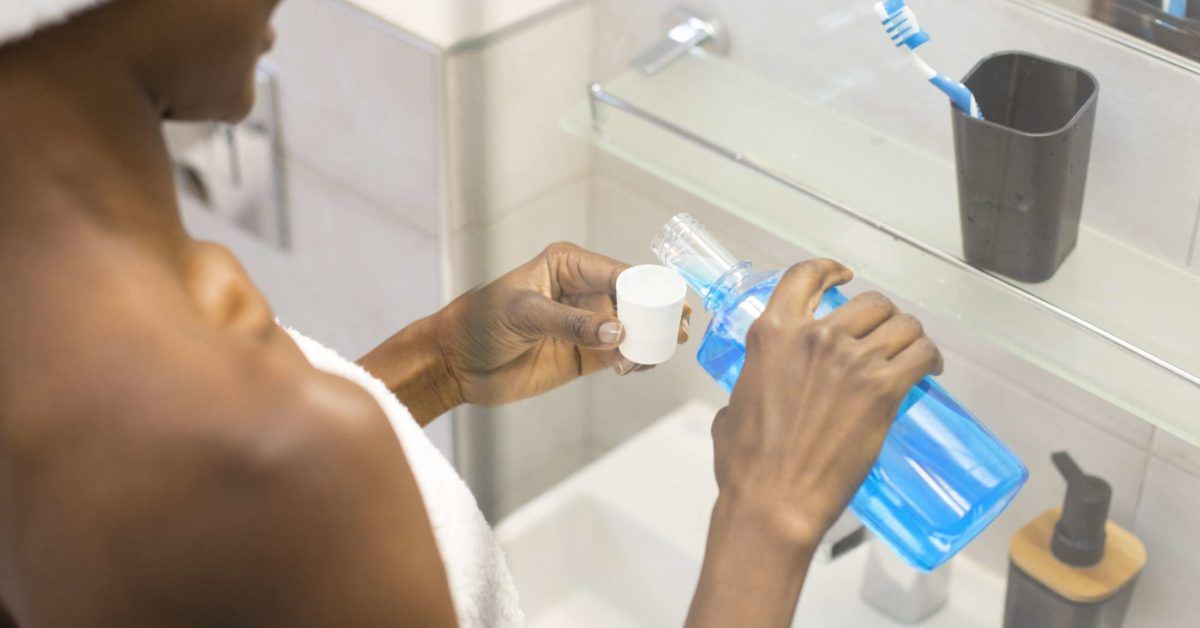I've been looking at the safest ways to restore the color of the Mac without over bleaching the unit or leaving streak marks.
Because the inside of a Mac 128/512/Plus is coated with a conductive covering, I want to avoid submerging the case into hydrogen peroxide as it induces rusting/oxidation. I also want to avoid buying gallons of hydrogen peroxide.
The two methods I tried were using just the sun (nothing else!), and a hydrogen peroxide cream. Here is a before/after gif of a platinum bezel using the two methods.


The sun was able to restore the color to a modestly yellowed state.
The creme did a much better job and was able to restore the color to a very slight yellowed state.
I was impressed with both results in general
Please note that the cream did NOT over brighten the bezel! From the area under the logo, you can see that the original color was even brighter.

On the negative side for the cream. the bezel color was not evenly restored. On the left side of the inward CRT bend, there's extra yellowing, as highlighted in the image below. This is partially because it's difficult to get all the edges an equal amount of sun in such a short amount of time.

Below is an image of 4 Mac Plus platinum bezels. From left to right:
1. Original Color
2. Brightened via cream, original color can be seen where the logo was removed.
3. Brightened via sun for 5 days
4. Heavily yellowed bezel (right side bezel from above gifs)

Lastly, I'd like to note that the 5 days of sun had no visible affect or discoloration on the badge, however I'm sure that if I did leave it out for a couple weeks it would.
Recipe (note this makes enough to do at least 5 macs!!):


The cream also did a great job, but it can be hard to get even results on a heavily yellowed bezel.
My final suggestion would be to leave the case out for 1~2 weeks in the sun, and then follow up with a 1 hour cream treatment to get that extra final mile.
Because the inside of a Mac 128/512/Plus is coated with a conductive covering, I want to avoid submerging the case into hydrogen peroxide as it induces rusting/oxidation. I also want to avoid buying gallons of hydrogen peroxide.
The two methods I tried were using just the sun (nothing else!), and a hydrogen peroxide cream. Here is a before/after gif of a platinum bezel using the two methods.
Results Overview
As seen in the gif, the center bezel is before and after. The bezel was place between a lightly yellowed bezel on the left and a heavily yellowed bezel on the right just for reference.The sun was able to restore the color to a modestly yellowed state.
The creme did a much better job and was able to restore the color to a very slight yellowed state.
I was impressed with both results in general
Please note that the cream did NOT over brighten the bezel! From the area under the logo, you can see that the original color was even brighter.
On the negative side for the cream. the bezel color was not evenly restored. On the left side of the inward CRT bend, there's extra yellowing, as highlighted in the image below. This is partially because it's difficult to get all the edges an equal amount of sun in such a short amount of time.
Sun Method
Bezel was placed outside in the sun, in the middle of January, every day between 11am and 4pm (I get limit sun due to surrounding buildings). 2 of the days were sunny and 3 days were cloudy. Temperature was cold, about 6°C/43°F every day. I did check on it everyday and on cloudy days the bezel would get brighter as well. I would place the bezel at slightly different angles every day to ensure all edges got some sun. Only the top side came out a bit darker, but this can be easily fixed by placing it at an angle to focus on top side.Below is an image of 4 Mac Plus platinum bezels. From left to right:
1. Original Color
2. Brightened via cream, original color can be seen where the logo was removed.
3. Brightened via sun for 5 days
4. Heavily yellowed bezel (right side bezel from above gifs)
Lastly, I'd like to note that the 5 days of sun had no visible affect or discoloration on the badge, however I'm sure that if I did leave it out for a couple weeks it would.
Cream Method
I followed the method described in this youtube video.Recipe (note this makes enough to do at least 5 macs!!):
- 500ml 3% hydrogen peroxide
- 1 tablespoon Xanthan Gum
- 2 tablespoons Glycerin
- 1/4 teaspoon Oxiclean power
Conclusion
The sun did a surprisingly really good job! However it seems you'd probably need to leave it out in the sun for a month if you'd like to remove most of the yellowing.The cream also did a great job, but it can be hard to get even results on a heavily yellowed bezel.
My final suggestion would be to leave the case out for 1~2 weeks in the sun, and then follow up with a 1 hour cream treatment to get that extra final mile.
Last edited:



